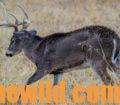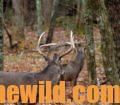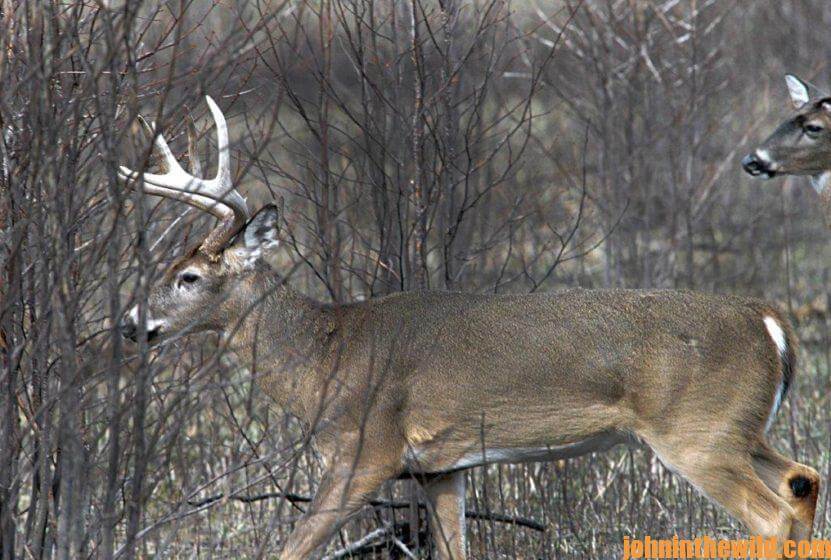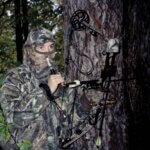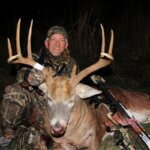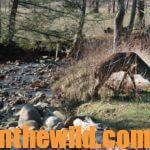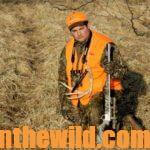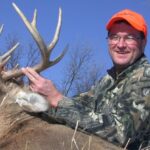Editor’s Note: Although the time is near the middle of February, several states still are having deer season. Next year, you can plan to hunt in Delaware, Texas, Rhode Island, Ohio, Louisiana, Pennsylvania and Maryland until the end of January. The states holding February deer hunts, include:
* my home state of Alabama with some sections of the state still in rutting season. Alabama’s deer season ends in mid-February;
* Mississippi, where you can hunt with primitive weapons (archery and muzzleloaders) until mid-March, in parts of the state;
* Florida’s Panhandle where deer season lasts until February 23;
* Arkansas with a season ending the end of February; and
* Virginia with its urban archery hunts primarily on private lands to try to reduce suburban yard damage and deer-car collisions that doesn’t end until March 29th.
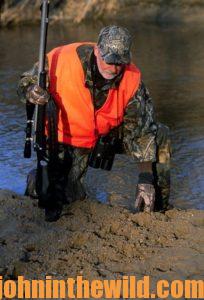 Dr. Larry Marchinton, retired professor of wildlife sciences from the University of Georgia in Athens, Georgia, has studied and hunted white-tailed deer throughout his life. He has contributed volumes of information from his studies and observations about deer habits, deer communication, deer-movement patterns and deer socialization. Much of what we know about the language of the white-tailed deer, scrape hunting, rub hunting and when and how the deer use the licking branch have come from Marchinton’s research. Marchinton knows where to find white-tailed deer.
Dr. Larry Marchinton, retired professor of wildlife sciences from the University of Georgia in Athens, Georgia, has studied and hunted white-tailed deer throughout his life. He has contributed volumes of information from his studies and observations about deer habits, deer communication, deer-movement patterns and deer socialization. Much of what we know about the language of the white-tailed deer, scrape hunting, rub hunting and when and how the deer use the licking branch have come from Marchinton’s research. Marchinton knows where to find white-tailed deer.
Some years ago, I asked Marchinton, “If you only could pick one area where you think your odds were best for taking a buck, what would that area be like, and why would you pick that one site?” Marchinton didn’t hesitate when he answered, “To take a buck at any time of the year, your odds are best when you’re hunting a funnel.”
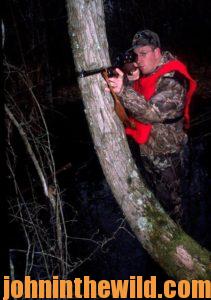 Any type of terrain break that causes two vast expanses of land to neck-down to a small piece of thick cover through which deer can pass forms a funnel. To understand what a funnel looks like, consider an hourglass with sand in one end. For the sand to move from one side of the hourglass to the other side, it has to pass through a small opening in the middle of the hourglass. If we take that hourglass concept and apply it to the property where you hunt, where can you find that hourglass design on that land? Try to identify where:
Any type of terrain break that causes two vast expanses of land to neck-down to a small piece of thick cover through which deer can pass forms a funnel. To understand what a funnel looks like, consider an hourglass with sand in one end. For the sand to move from one side of the hourglass to the other side, it has to pass through a small opening in the middle of the hourglass. If we take that hourglass concept and apply it to the property where you hunt, where can you find that hourglass design on that land? Try to identify where:
* the corners of two fields come together and make a small bottleneck between two large woodlots on either side of the bottleneck;
* a pine plantation corners into another pine plantation with hardwoods on either side of that bottleneck;
* a creek or a stream bends into a young clear cut, creating a bottleneck with hardwoods on both the stream edge and the edge of the pine plantation;
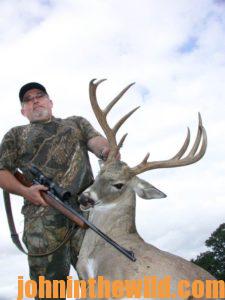 * an agricultural field corners into a road with a woodlot on either side of that narrow neck;
* an agricultural field corners into a road with a woodlot on either side of that narrow neck;
* a huge field and two narrow points of woods neck-down the field to a small opening; and
* a river bends into the land, bends out and then bends back in again creating a bottleneck between the two bends of the river.
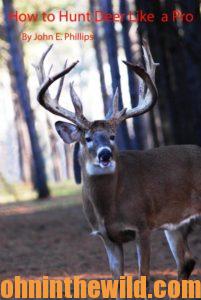 To learn more about hunting deer, check out John E. Phillips’ book, “How to Hunt Deer Like a Pro,” available in Kindle, Print and Audible versions, at (http://amzn.to/YpoQHA). You may have to copy and paste this link into your browser. (When you click on this book, notice on the left where Amazon says you can read 10% of the book for free, and you can hear 10% for free).
To learn more about hunting deer, check out John E. Phillips’ book, “How to Hunt Deer Like a Pro,” available in Kindle, Print and Audible versions, at (http://amzn.to/YpoQHA). You may have to copy and paste this link into your browser. (When you click on this book, notice on the left where Amazon says you can read 10% of the book for free, and you can hear 10% for free).
Tomorrow: Shrinking a Bottleneck to Find More Deer

